Description
Cut Throat Trout
Cut-throat trout are a unique species of trout native to the northern Rockies and Pacific Northwest. This resilient and mysterious fish is considered a symbol of resilience and strength in these regions.
Unlike other species of trout, cut-throat trout have a distinctive red slash mark under their lower jaw, which gives them their name.
Environment
They inhabit cold, clean, fast-flowing streams and rivers with rocky substrates. They prefer cooler water temperatures and can survive in depths of up to 15 feet. Cut-throat trout also require some shade or cover from aquatic vegetation to survive. In terms of habitat, they are most commonly found in shallow riffles and pools, but can also be found in deeper water. Cut-throat trout are also known to occupy lakes and ponds during their spawning season.
Physiology
They are typically greenish on the back and sides with a faint pink hue along their bellies. They have bright red or orange spots along the sides of their body, which is why they’re sometimes referred to as “red-spotted trout”. Cut-throat trout also have a black line that runs from the gill plate to the tail, and a black dot on the dorsal fin. These fish can reach up to 25 inches in length but are more commonly around 8-12 inches. They can live for up to 5 years in wild populations, but most survive for only 2-3 years in river and stream environments.
Physical Characteristics
They have a unique appearance that sets them apart from other species of trout. They are often greenish to olive on their back and sides, with faint pink hues along their belly. They also have bright red or orange spots along the sides of their body and a black line that runs from the gill plate to the tail. They have a distinctive red slash mark under their lower jaw, which gives them their name. Cut-throat trout can reach up to 25 inches in length but are more commonly around 8-12 inches. They are generally slender and streamlined with small eyes and an upturned mouth, making them well adapted for living in fast-flowing water.
Feeding Habits
These fish are opportunistic feeders and consume a variety of prey. They primarily feed on aquatic insects, but will also eat small crustaceans, baitfish, and other aquatic organisms. Cut-throat trout can be found feeding at the water’s surface during daylight hours, but they become more active at night. They will also feed heavily during the fall and winter months as they prepare for the spawning season. Cut-throat trout are known to be very selective when it comes to their prey and will only consume items that fit into their narrow mouths.
Fishability
Cut Throat Trout are a great species of fish to target, especially for novice anglers. They can be found in clear and cold streams and rivers throughout the northern Rockies and Pacific Northwest. Cut-throat trout have a unique appearance that sets them apart from other species of trout, with bright red or orange spots along their sides and a distinctive red slash mark under their lower jaw. Cut-throat trout are typically found in shallow riffles and pools, but can also be found in deeper water. They are opportunistic feeders and prefer to consume small aquatic insects, baitfish, and other aquatic organisms.
Why is this Fish a good mount?
Cut Throat Trout is a great choice for anglers looking for a unique and beautiful mount. These fish have an attractive appearance, with bright red or orange spots along their sides and a distinctive red slash mark under their lower jaw. Their streamlined shape and small eyes make them appear very lifelike when mounted. Cut-throat trout are also found in many beautiful rivers and streams throughout the northern Rockies and Pacific Northwest, making them a great conversation starter when displayed in one’s home or office. They make for a long-lasting trophy mount.
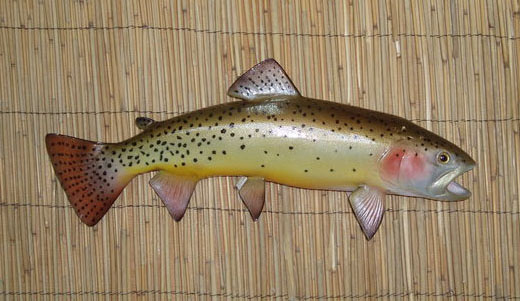

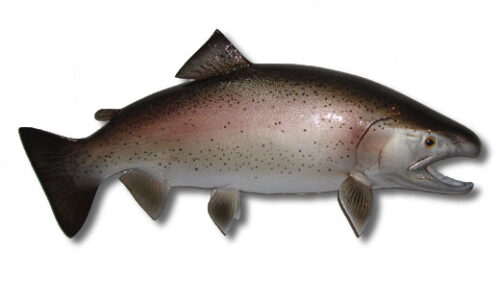
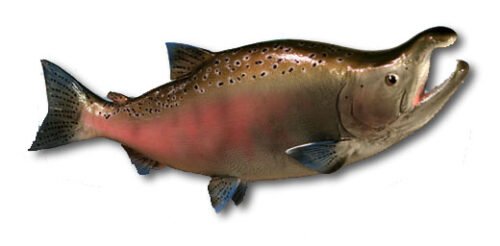
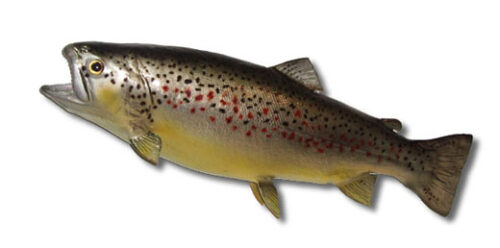
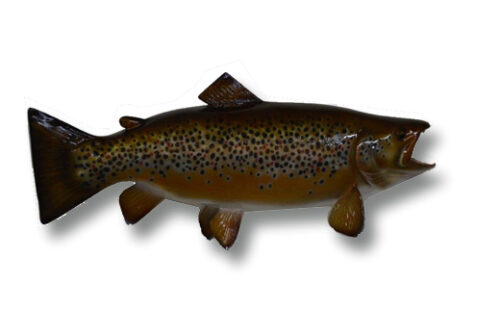
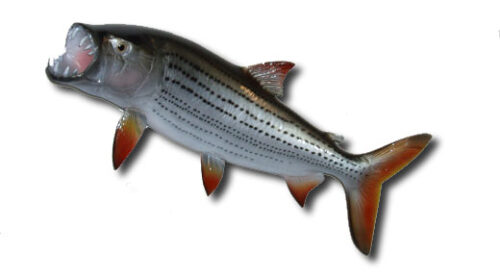
Reviews
There are no reviews yet.